Namibia is such a beautiful country. Can you plan a self-drive road trip? Is it safe? We will answer these questions and many more to you you plan your trip. We will try our best to provide you will the best roadtrip travel tips and all the things you need to know before you travel to Namibia to experience the most epic of road trips.
Disclosure: This page (Namibia Roadtrip Travel Tips: Things to Know Before You Go) may contain affiliate links to products. At no additional cost to you, we may receive a commission for purchases made through these links. We only recommend products or services we personally believe in. More details can be found on our disclosure and policies page.
For complementary information to the content of this page, you might be interested in also checking out:
Where is Namibia? Is it safe?
Namibia is a southern African country, sharing its border with South Africa to the south, Botswana to the east, and Angola to the North. To the west is the Atlantic Ocean. The country is in particular known for some of its wonderful natural attractions such as the giant sand dunes of the Namib desert, the jaw-dropping Fish River Canyon, and the perfect place for a self-safari adventure, Etosha National Park. It’s without a doubt one of the best countries to visit for a first-time traveller to Africa — it was our first trip to sub-Saharan Africa (we had been to Morocco previously) and we thoroughly enjoyed it!
Safety. In general, people in Namibia are very friendly and tourists are welcome, and their country is rather peaceful. Namibia is, for the most part, a safe country to visit.
However, it does have a rather high crime rate, such as muggings and bag snatchings. This is particularly true in Namibia’s capital Windhoek and some of the other larger towns. However, you can definitely avoid any issues being using common sense:
1. Avoid walking alone in large towns, particularly at night. Don’t pick up strangers.
2. Avoid leaving valuables in visible spots in parked cars.
3. Avoid wearing expensive jewelry and watches in cities.
4. Beware of scams, such as someone trying to divert your attention while an accomplice snatches your bag or phone.
5. Be careful when handling money at ATMs. Be aware of our surroundings. Try to get your money from inside banks and/or the airport.
That being said, if you follow our Two-week Namibia roadtrip itinerary, you definitely will minimize all risks by avoiding riskier towns (we didn’t spend anytime in Windhoek (the capital) – but that was mostly driven by wanting to spend time elsewhere in nature/safari).
Wildlife. Wildlife is, well, wild and unpredictable. Always drive a safe distance from wildlife and when in Etosha National Park remain in your car unless you are in a designated area and it is safe to get out and walk. Don’t drive between elephants in a herd, particularly if you see females with their young — let the full herd cross the road before moving on.
Malaria. Malaria is a risk when visiting the north and northeast regions of Namibia during the wet season (November to June). You might need to start taking malaria medication several days before your trip, depending on the medicine your doctor prescribes. Check with your doctor about suitable anti-malarial tablets before visiting Namibia There’s low to no risk of contracting malaria in the rest of the country – such as in all those regions listed in our suggested 14-day itinerary (with the exception of Etosha that carries risk during the wet season).
When to go to Namibia?
How is the Weather?
Namibia boasts on average 300 days of sunshine per year, with high temperatures no matter the season. In general, Namibia’s climate can be described as hot and dry. Most tourists travel here between May and October since rainfall is highly unlikely. The Atlantic Ocean brings humid air and thus it can get quite foggy along the coast, particularly in the early hours of the day.
Driving in Namibia
1. A self-drive is not only very doable but can also be a lot of fun. Namibia’s Etosha National Park is one of the world’s best parks to enjoy a self-drive safari. Just be prepared to drive a lot and, depending on your itinerary, often over not-so-great roads.
2. Outside of Windhoek, you’ll rarely come across much traffic. In fact, you’ll often find yourself almost alone on the road. Namibia is a very large country (roughly twice the size of California or Germany), with only 2 million inhabitants, most of which live in the capital or in towns in the northern half of the country.
3. That being said, you now realize that given a country of this size you’ll likely find yourself driving a lot, and over very large distances. You definitely have to enjoy roadtrips to enjoy Namibia.
4. These large distances will take longer to drive than you think. Google Maps seems to think that all roads are equal in Namibia and disregard the poor quality of some of the gravel roads. The roads aren’t dangerous by any means, but you certainly don’t want to be speeding over them either if you have any desire to maintain a minimal level of comfort.
5. Regardless of the quality of the roads, however, the surrounding landscape views will always be gorgeous. In fact, we list “driving in the middle of nowhere” as one of the top things to see and do in Namibia.
6. Before leaving the rental agency make sure that you have at least one spare tire and that you know how to change a tire.
The are countless stories of people getting flat tires in Namibia – and we were one of them. On our third day, one of our rear tires completely blew out.
7. Only drive between sunrise and sunset. Not only is it unsafe due both to the quality of the roads and the potential presence of large wildlife, but many national parks forbid it and your car rental insurance may be voided.
8. Driving is on the left! This was our first time driving on the left side, and we managed pretty well, in large part because most of the roads are empty. And on those rural gravel roads, you’ll often find yourself driving in the middle or even on the right to avoid the worse of the potholes and corrugation – but don’t worry you’ll see incoming traffic from miles away.
Other Namibia roadtrip travel tips
1. Money. The official currency is the Namibian dollar (N$). However, because it is pegged to the South African Rand (1:1), the latter is still accepted as legal tender in the country. If you’re withdrawing money near the end of your trip, it’s better to ask for South African Rands rather than Namibian dollars, as they’re easier to exchange in other countries.
2. Credit Cards. Credit and debit cards are widely used to pay for goods and services in Windhoek and the major towns. However, most petrol stations, only accept cash. Fortunately, though, they often have an ATM on the premises.
3. Tourist Visa. You don’t need a visa to enter Namibia if you’re a tourist and staying for fewer than 90 days. Check your passport to ensure it is valid for at least six months beyond your intended stay.
4. Electricity. Electricity is 220 volts in Namibia, and large three-pin round plugs are used, as in South Africa. If you forget to bring an adaptor, you’ll find it difficult to some outside of Windhoek airport.
5. Phones. Mobile phones are often the only form of communication in rural areas, so you may want to bring your mobile phone and purchase a Namibian SIM card on arrival, which can be found at the international airport.
6. Internet. Although you can find an internet connection almost everywhere in the country, the connections are often slow and weak. In lodges, wi-fi is usually confined to the main building, and the signal strength is usually fairly weak.
For unlimited Wi-Fi on the go whilst travelling Namibia, look into a Skyroam Solis, which is paid for on a pay-as-you-go basis, and for as little as €5 a day.
7. Photography etiquette. The behaviour of some tourists who take pictures of individuals without permission has led to difficult relations between some Namibian communities and tourists. Some Himba and Herero women in particular are now demanding payment for having their photos taken. Please always ask permission if you wish to take a photo, and ideally only after you have spent time interacting with the person or people concerned.
8. Stock up at Supermarket Before Hitting the Road. Before you leave Windhoek after renting your car, you should go straight to a supermarket to stock up on your food, water and supplies for the trip. There are long stretches of road in Namibia where you don’t have a single rest stop, so be sure to have enough snacks and nonperishable food on hand. Perishable products (fresh fruit, dairy and meat) won’t last long in the Namibian heat without a cooler.
—–
Well, that wraps it up! We hope you enjoyed our Namibia Roadtrip Travel Tips: Things to Know Before You Go page and that it will prove useful for planning your trip to Namibia!
—–
Preparing a trip to Namibia?
We highly recommend these guidebooks:
—–
You might also be interested in these related pages:
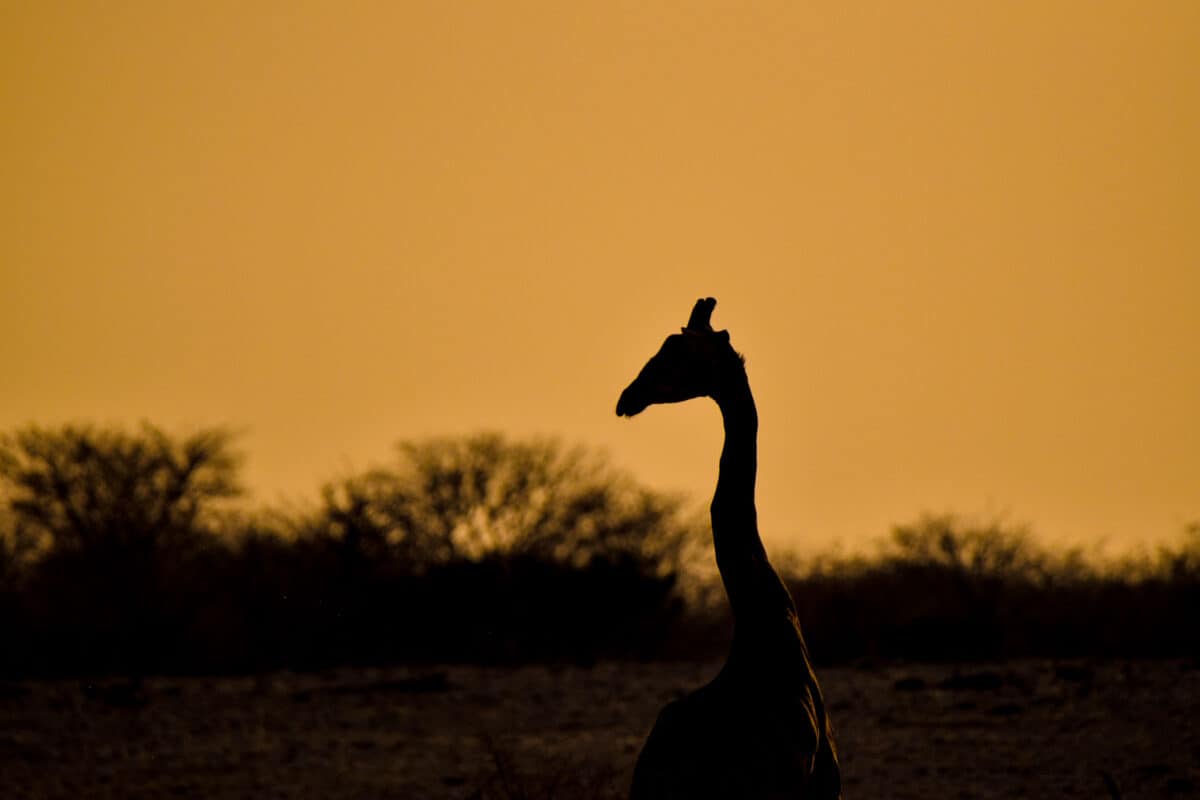
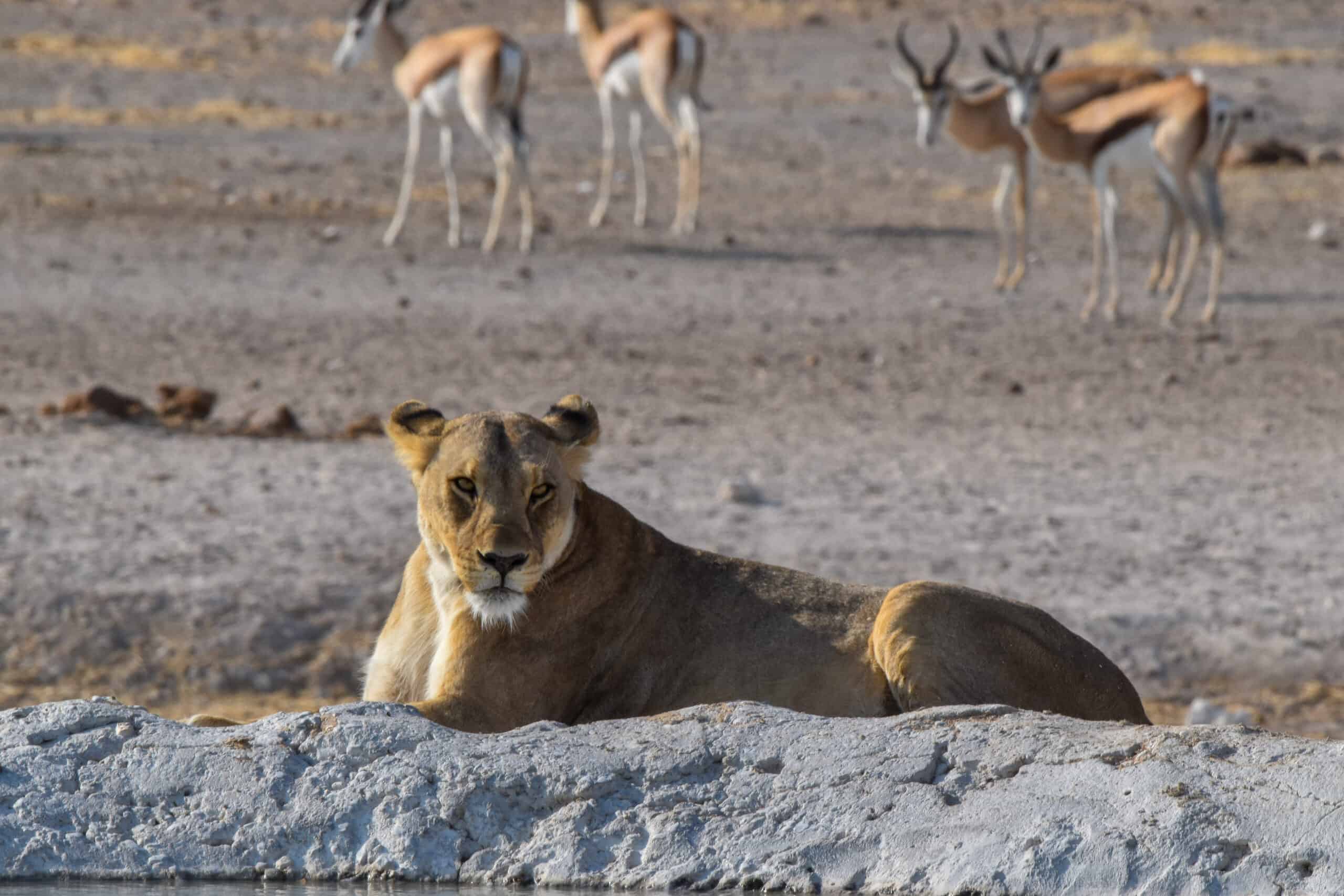
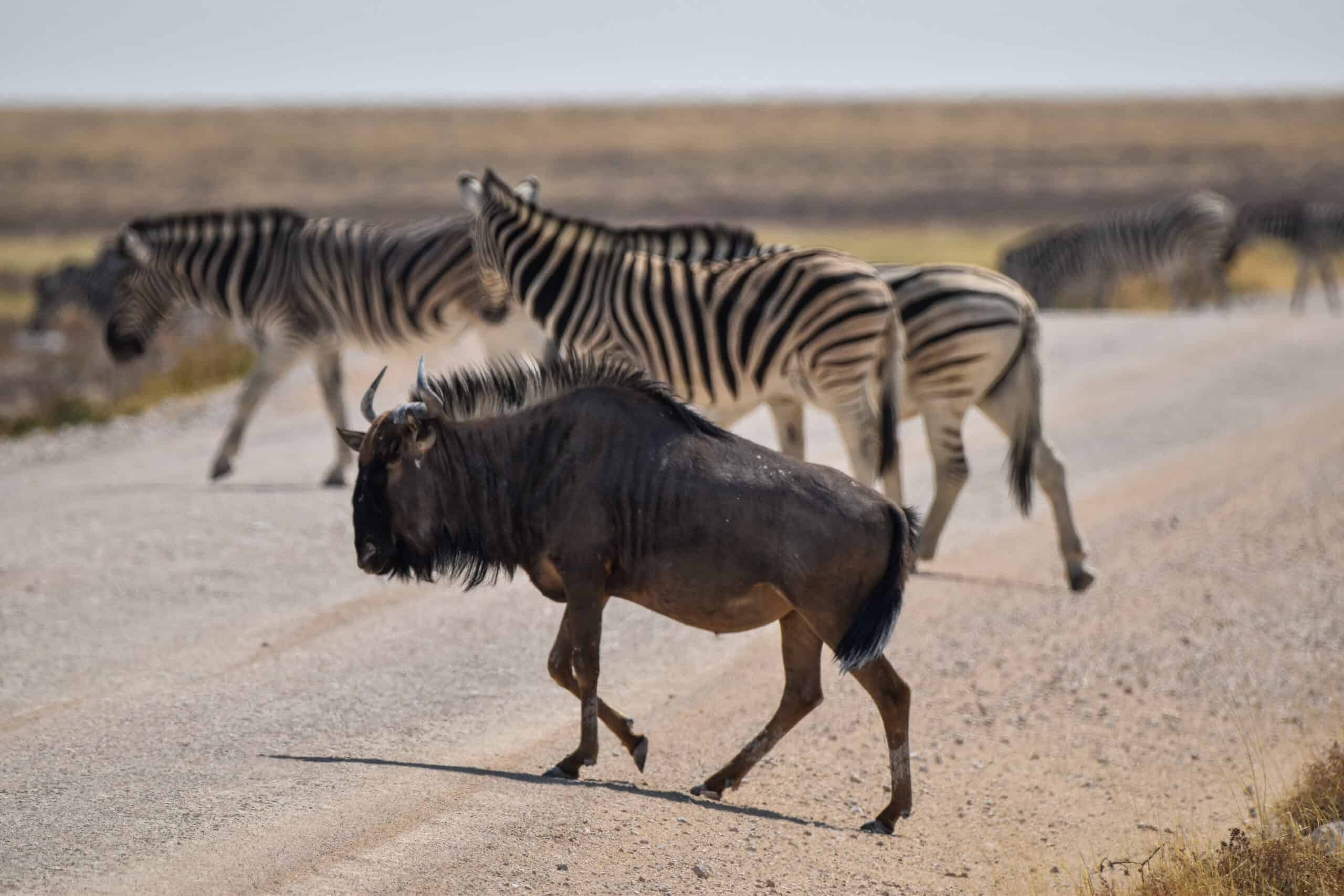
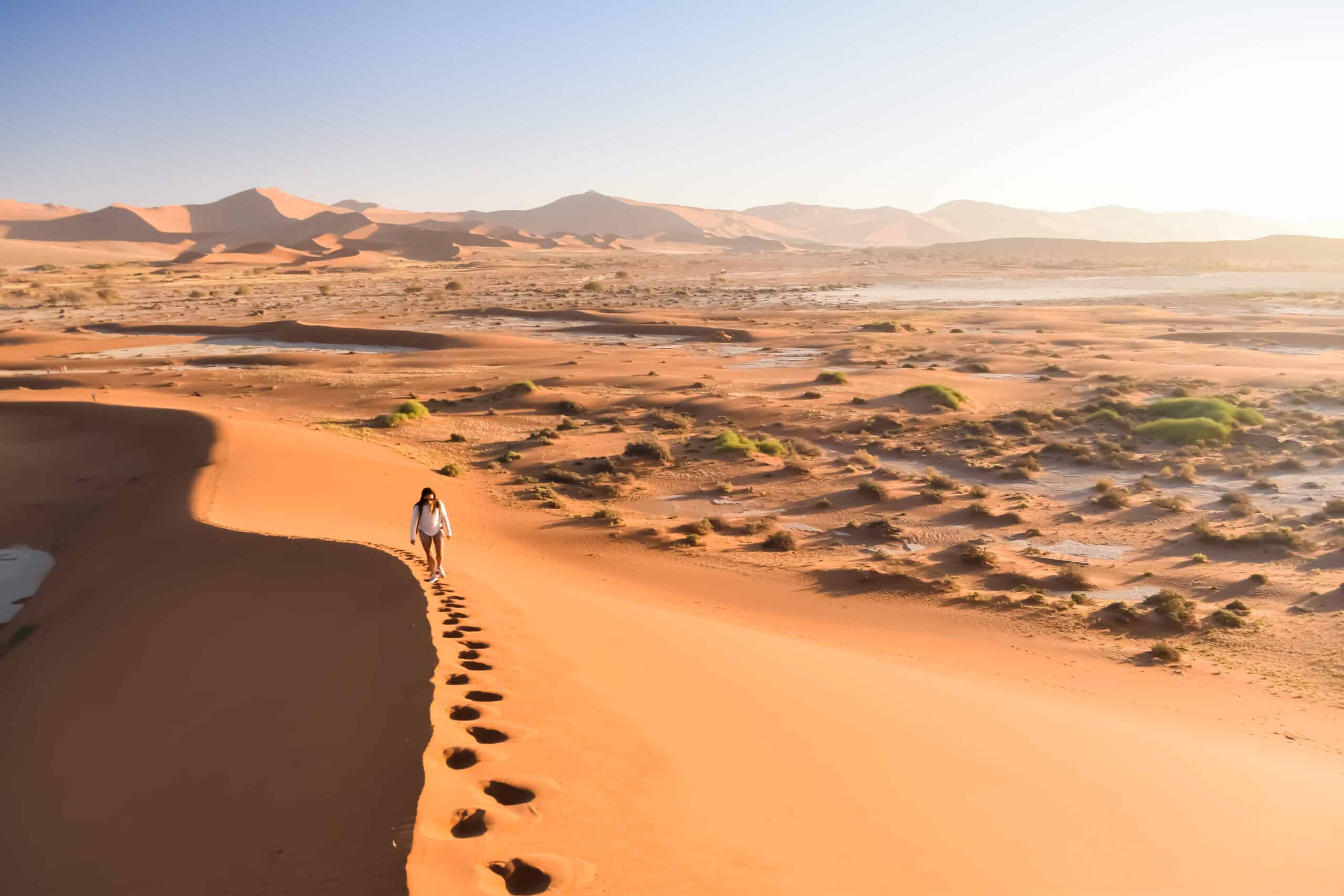
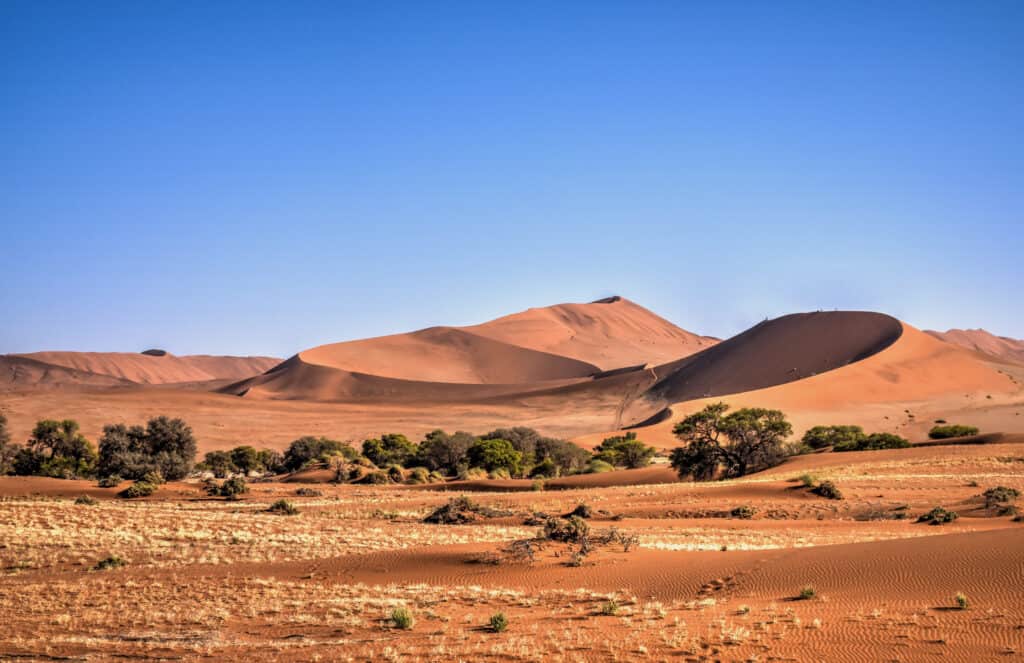
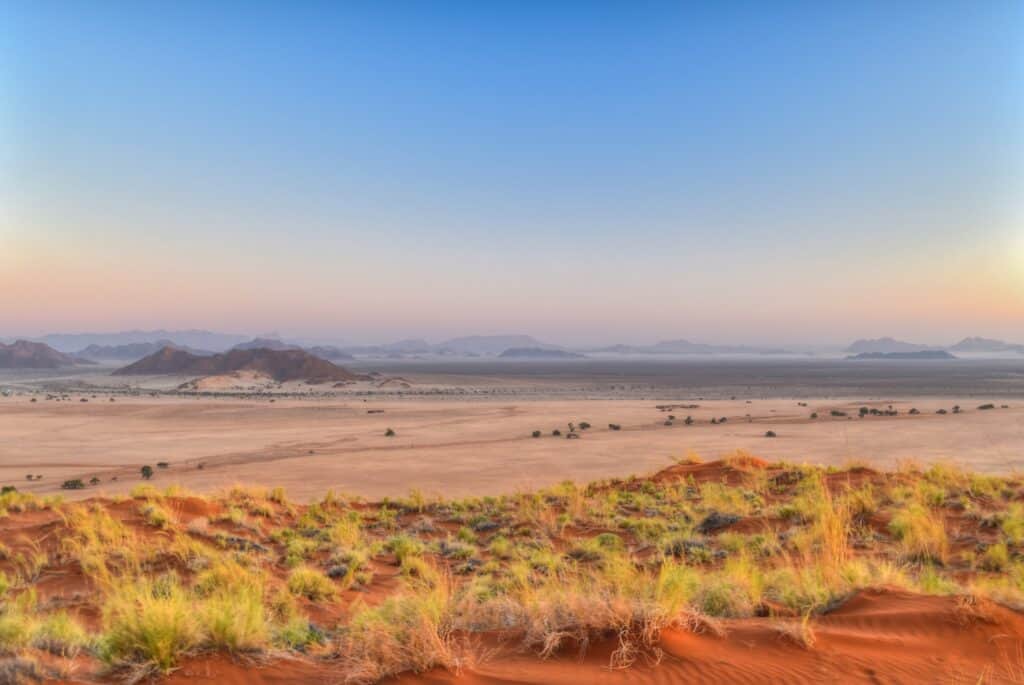
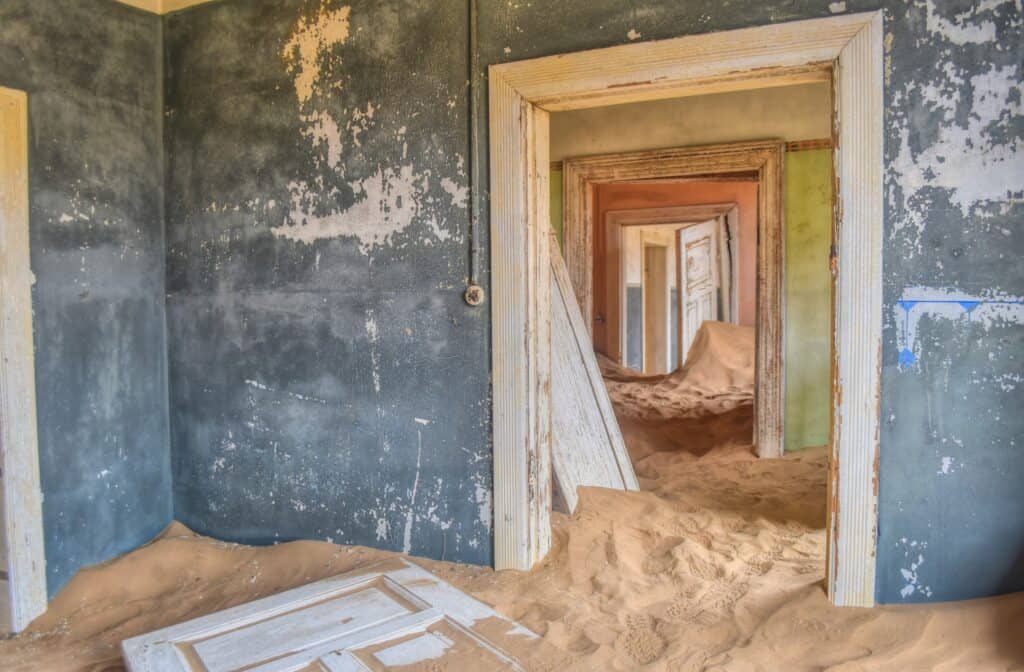
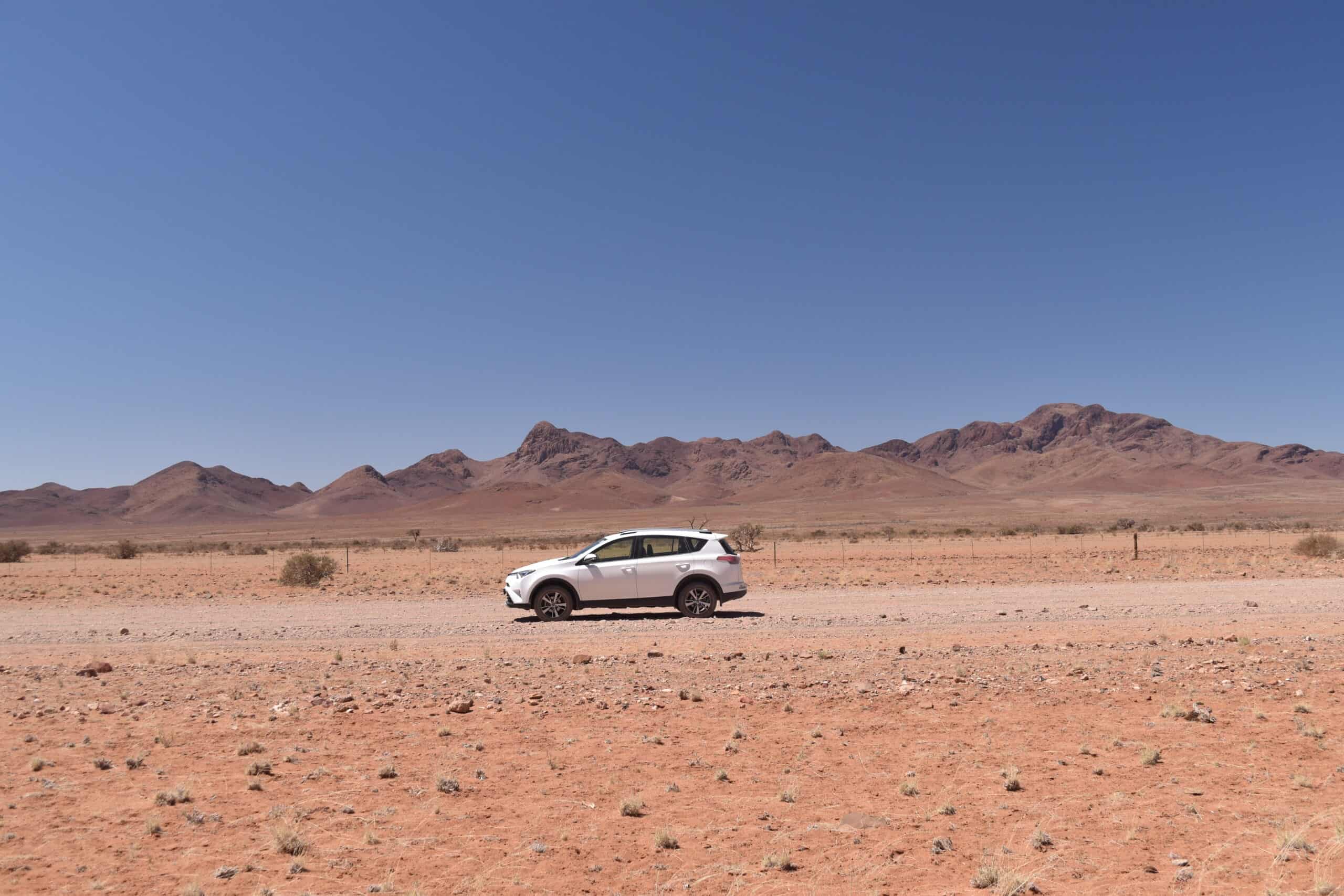
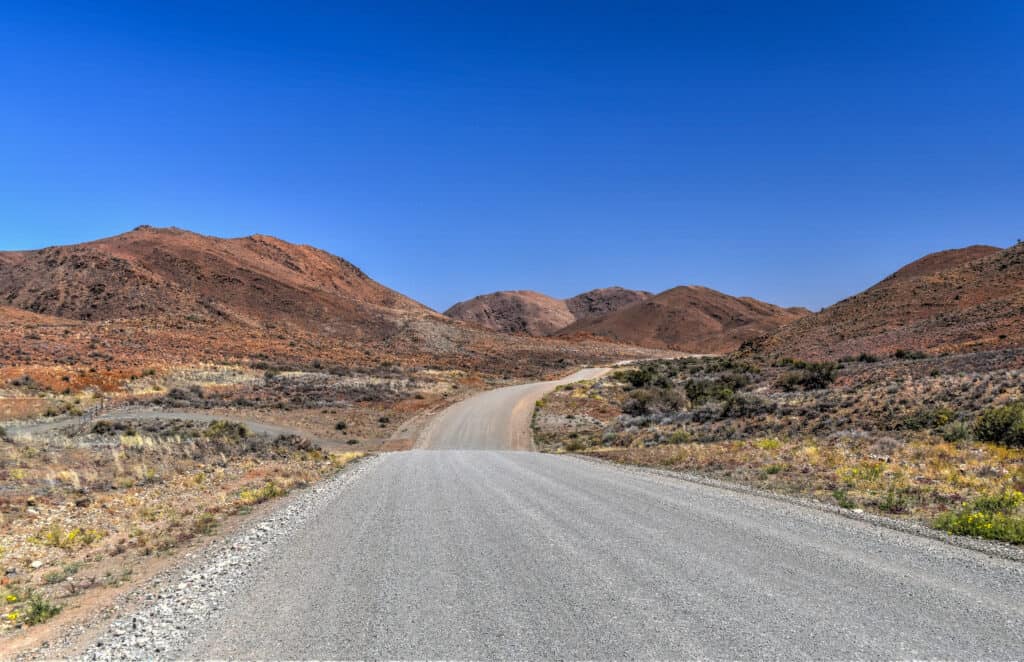
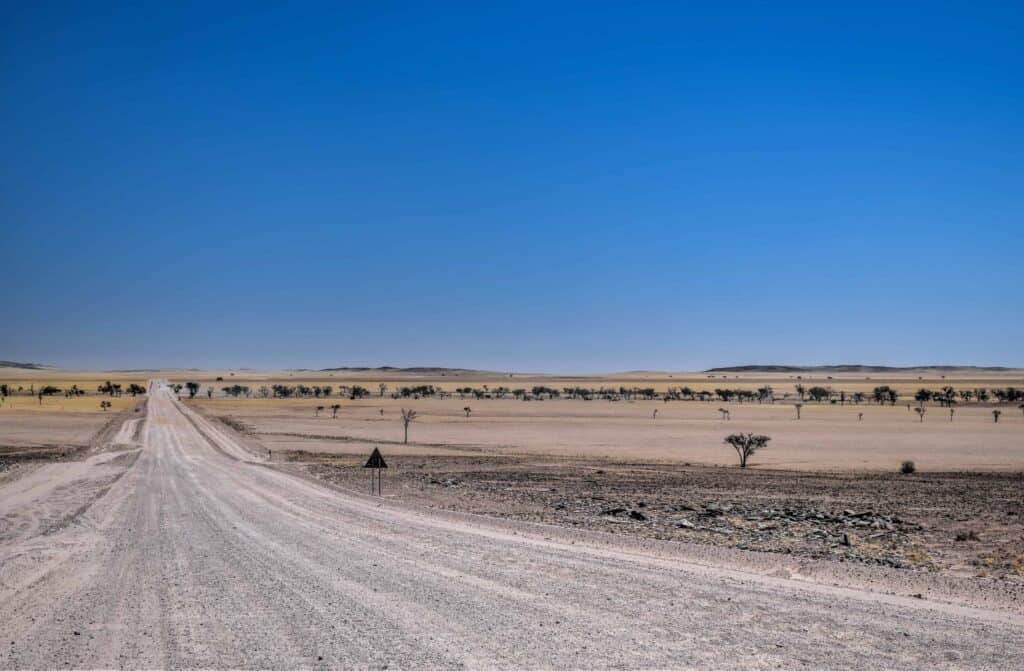
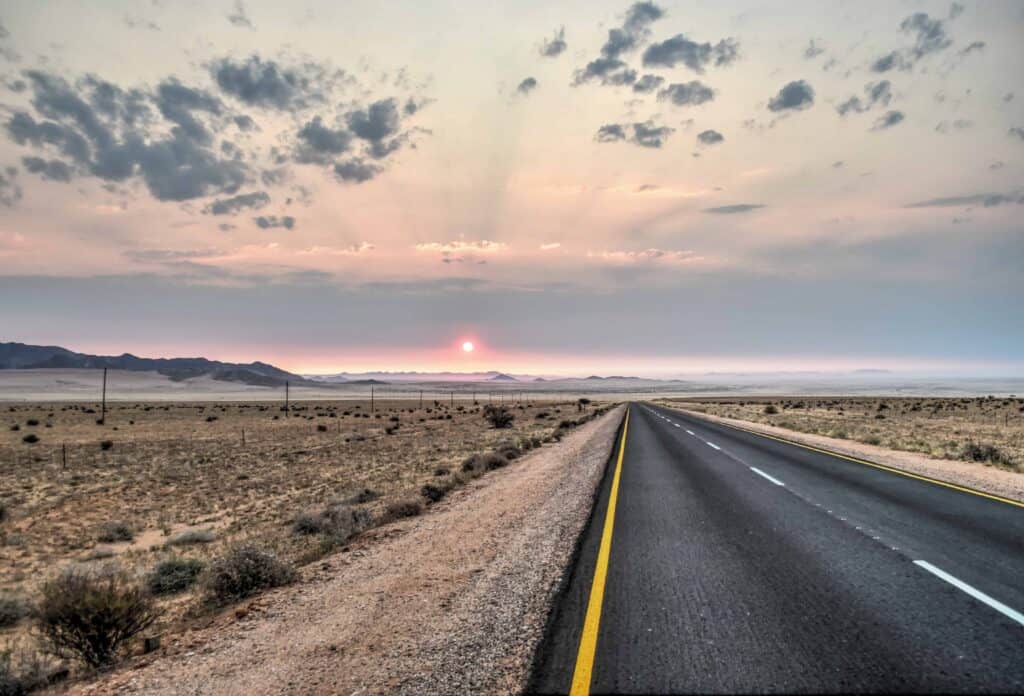
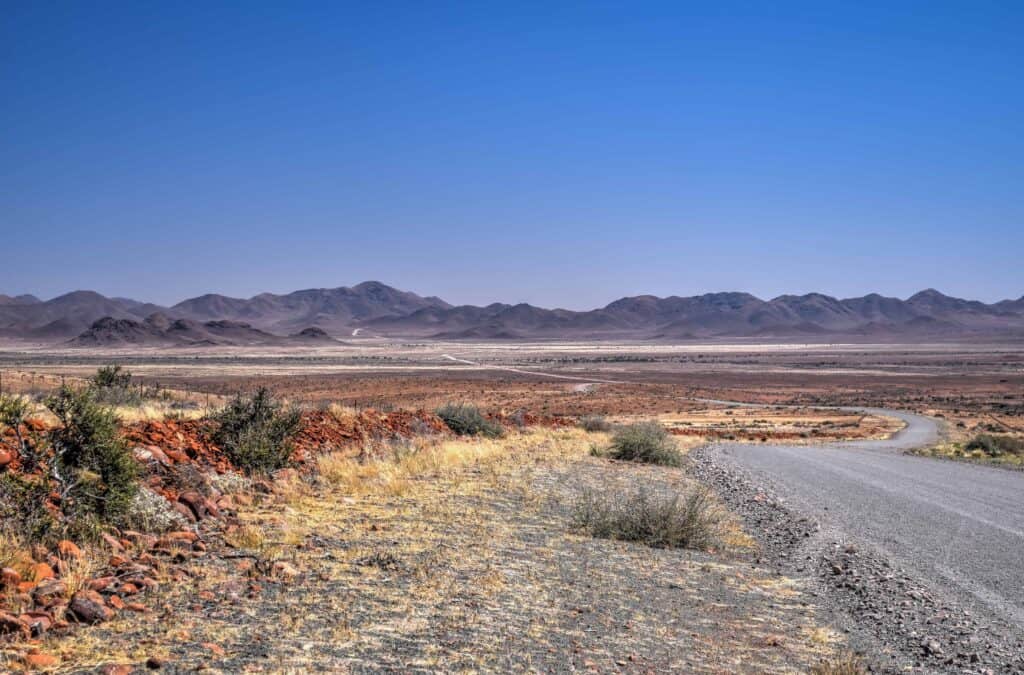
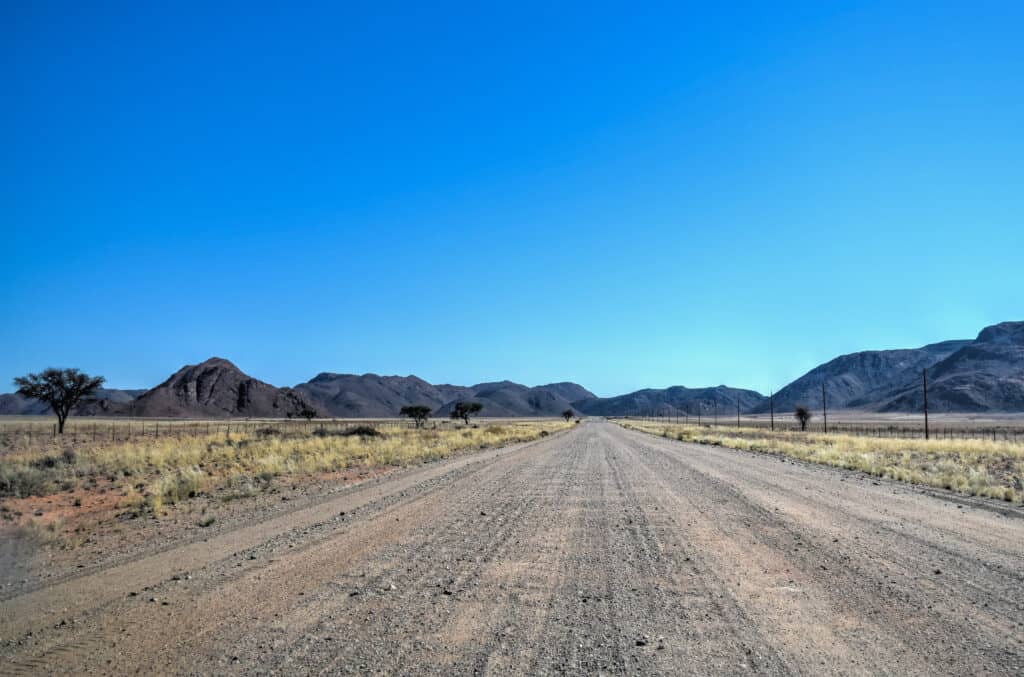
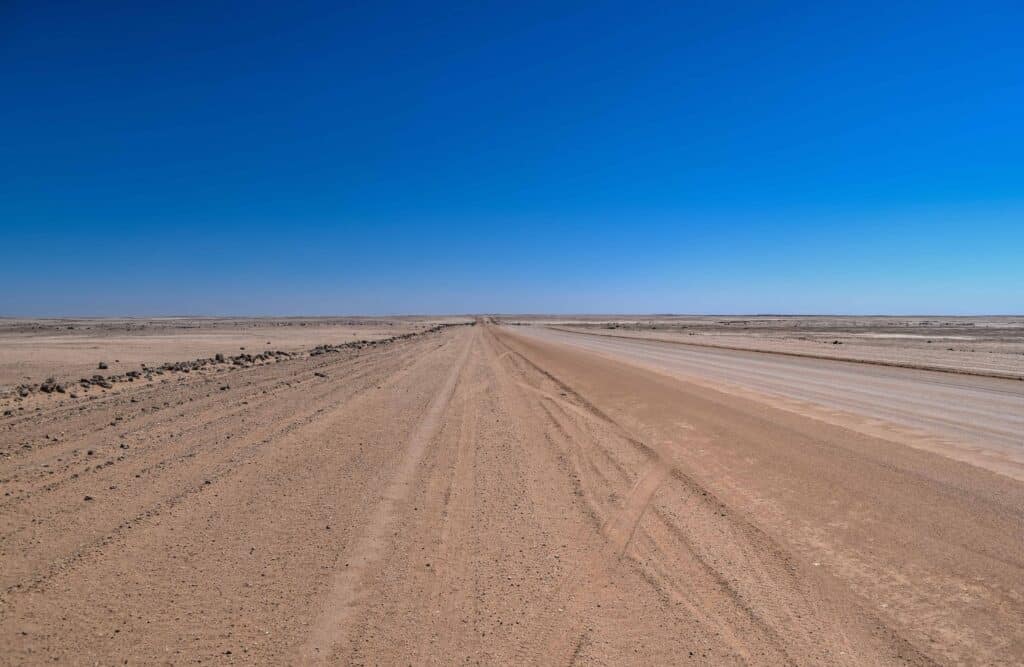
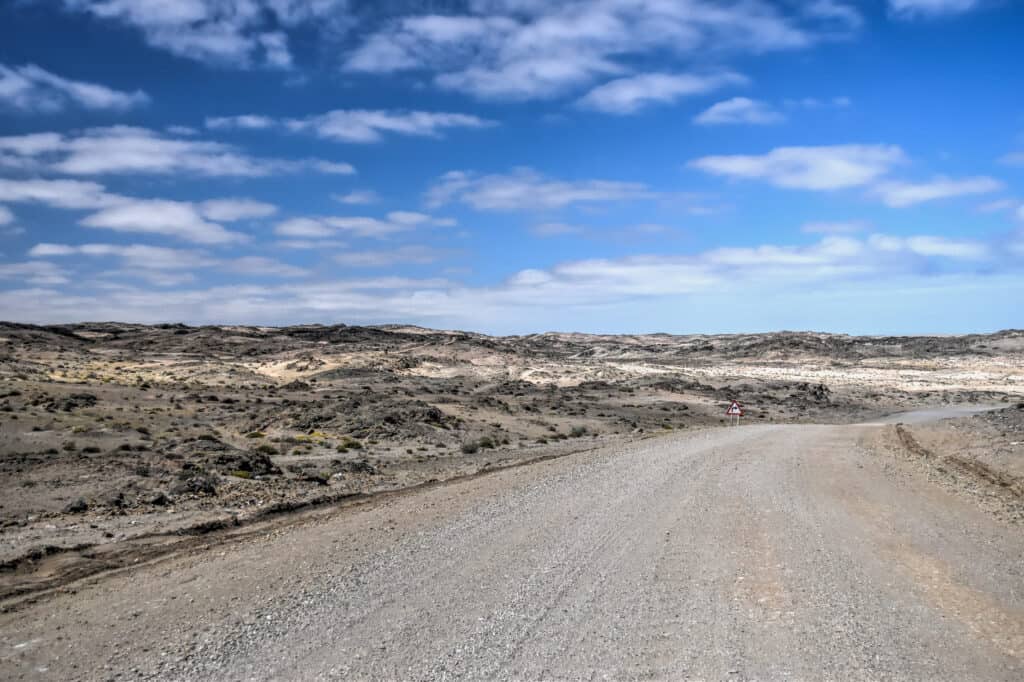
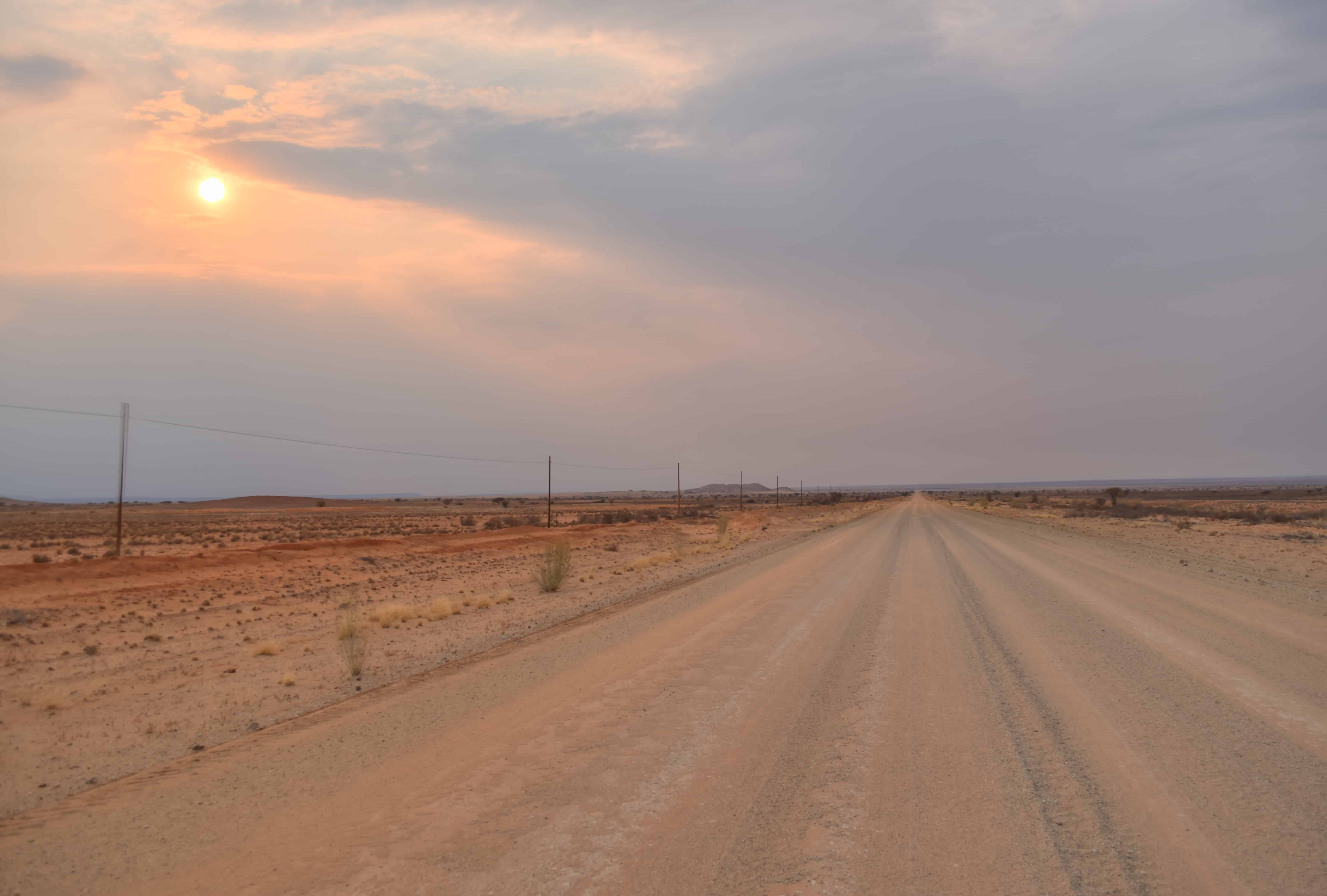
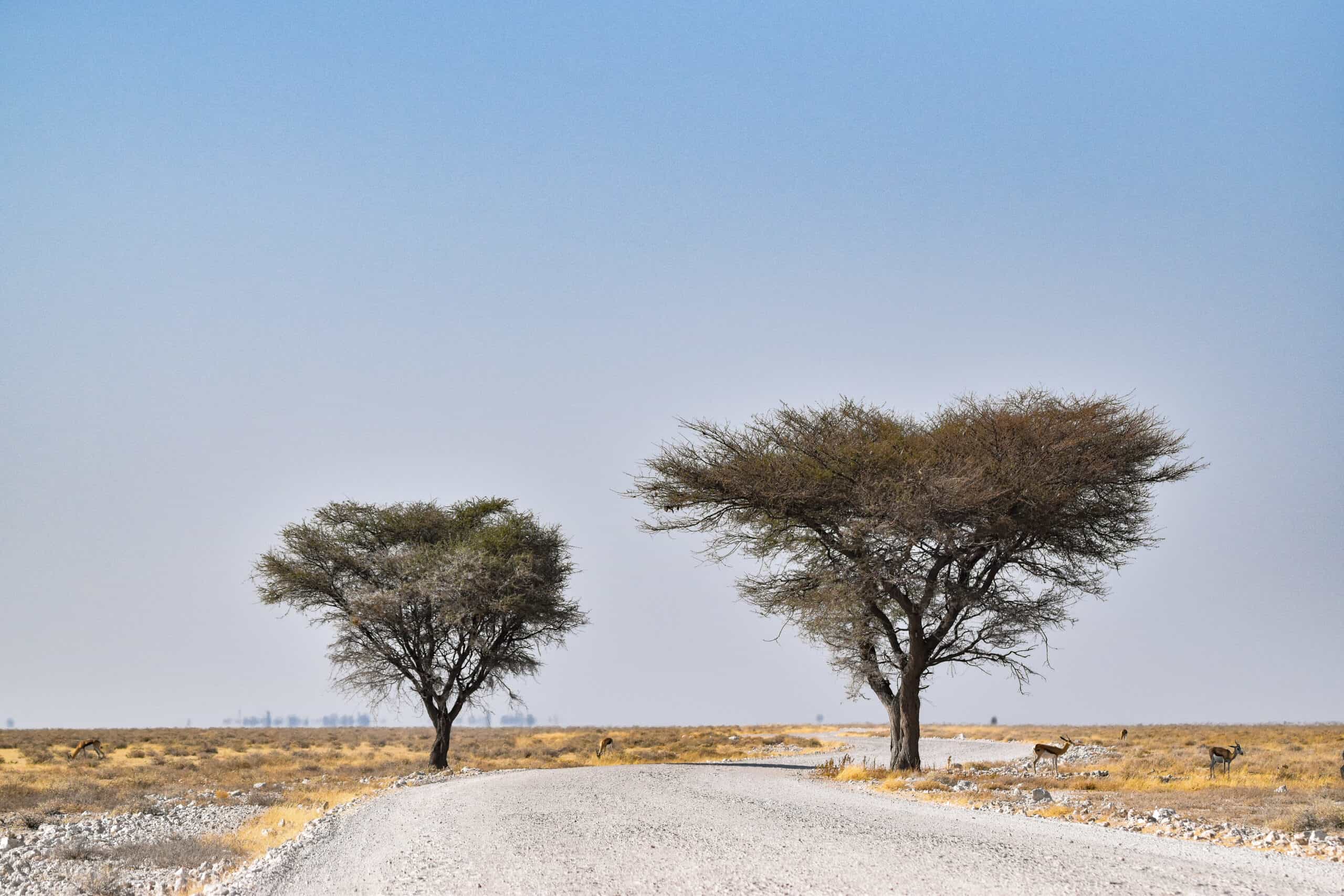
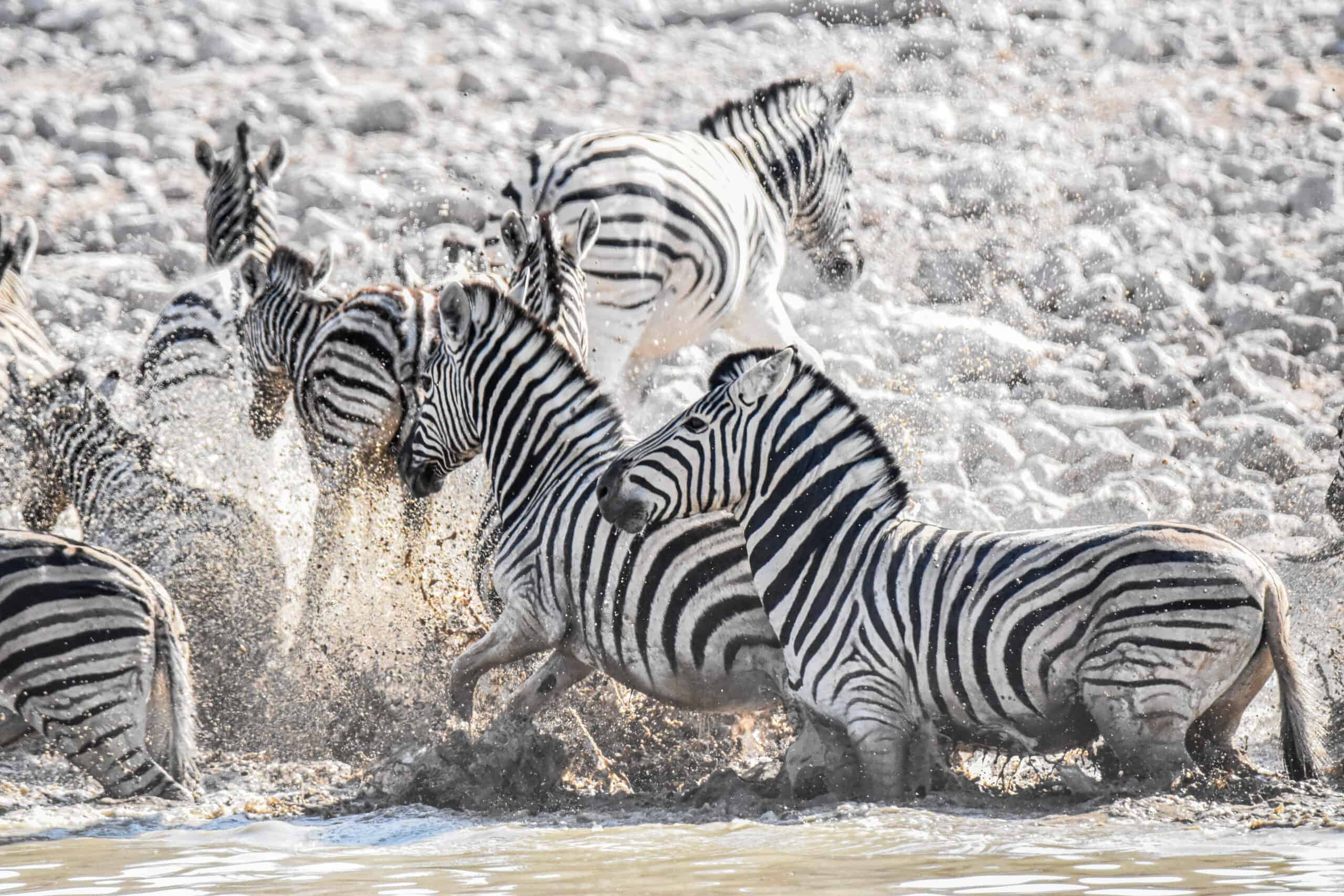
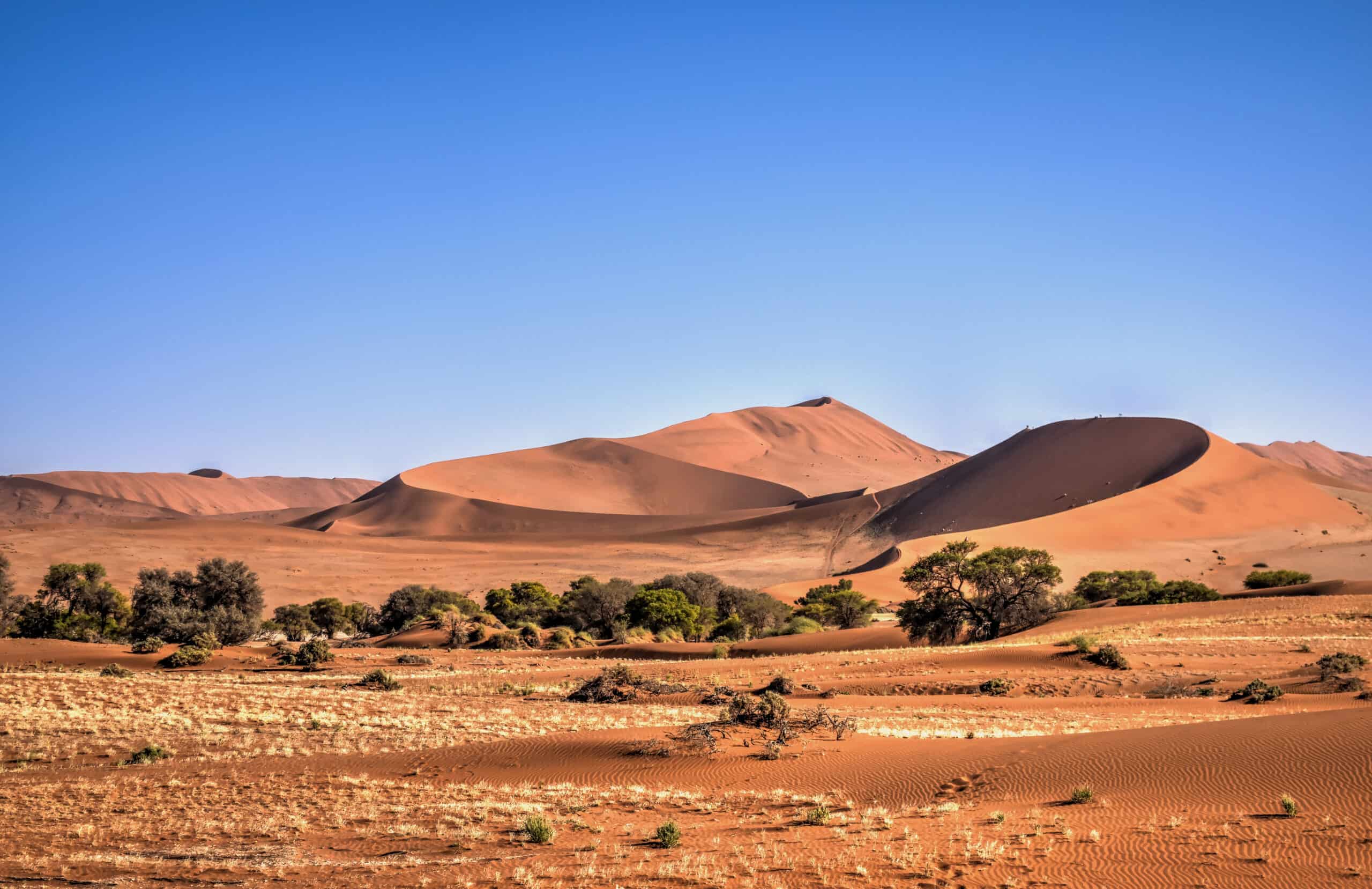
1 Comment